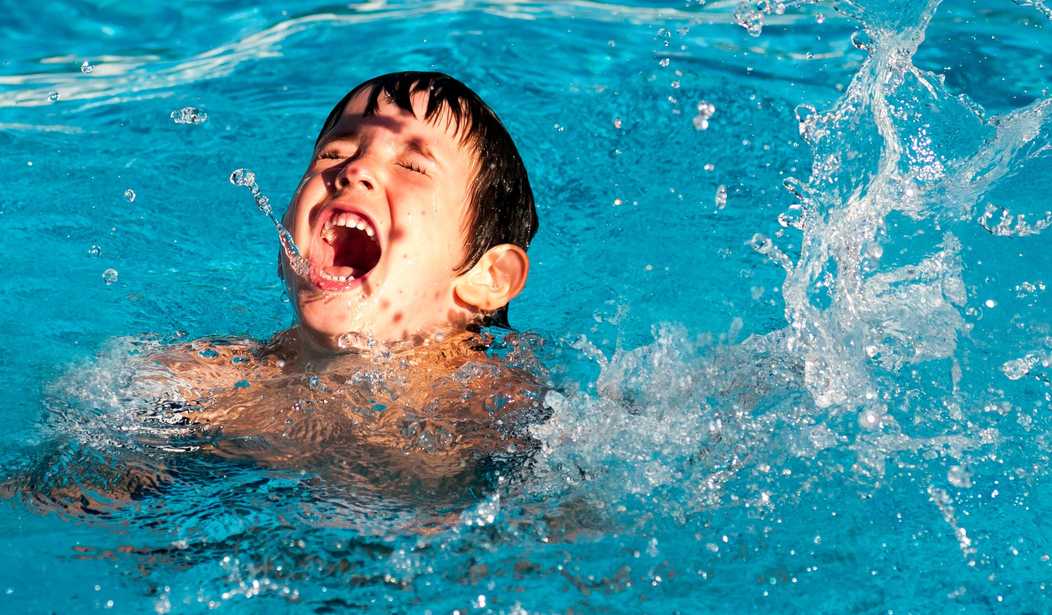Summertime is finally here and that means many families will be visiting swimming pools and lakes across the country. Parents take all sorts of precautions to ensure their children have a safe and fun experience while in the water, but two life-threatening conditions can happen that many parents have never heard of.
These threats are called “dry drowning” and “secondary drowning.” Dry drowning happens when a child has inhaled water through the nose and mouth, passing over the vocal cords, causing them to spasm and shut, making it hard for a child to breathe. Secondary drowning occurs when a child has inhaled water into the lungs, which later causes pulmonary edema (fluid in the lungs), making it hard to breathe.
Symptoms for both conditions are the same: chest pain, coughing, extreme fatigue from lack of oxygen to the brain, and trouble breathing. Dry drowning symptoms will usually occur right after the incident happens in the water, but secondary drowning can take several hours to set in. It can happen with something as simple as getting dunked or if he struggles in the water. He is at risk if he takes a lot of water in at the mouth.
The good news is that these conditions are extremely rare (happening only 1-2% of all drowning deaths). But they do happen and children have died, so it’s good to know what to look for.
There is no way to completely prevent this from happening, but there are some precautions a parent can take.
- Enroll your child in swim lessons. Children who know how to swim are less likely to go under and struggle in the pool, and less likely to take in water through the mouth.
- Watch your children while they are in the pool. Too many parents can be seen sunbathing, reading, or talking on their phones. Know what’s going on with your children while they are in the water.
- Use flotation devices in the water, even if you’re with your child. This will help younger children to stay above the water, and reduce their risk.
- Talk to your kids about safety while in the pool and about what to do and not do if he gets water into his mouth.







Join the conversation as a VIP Member